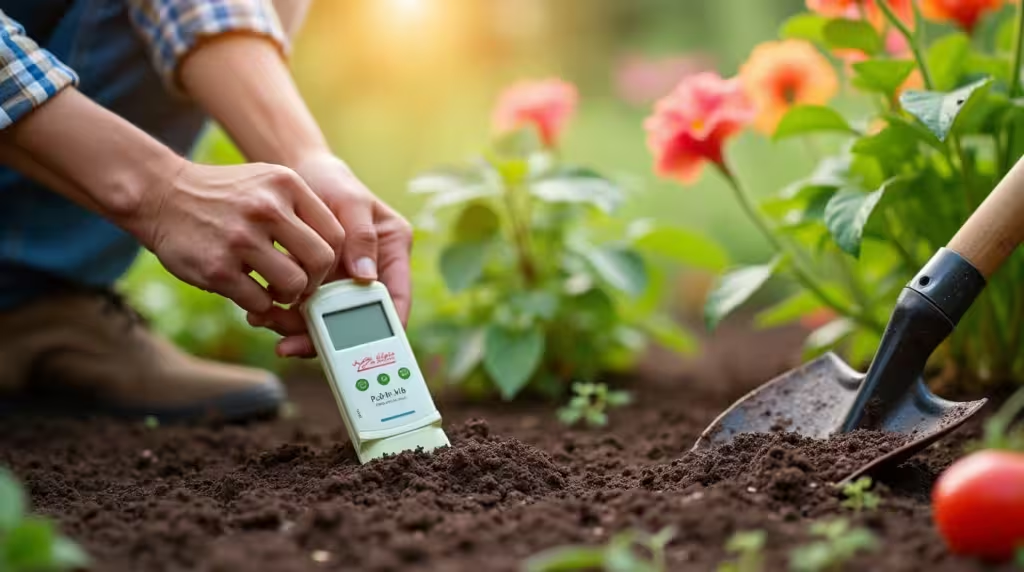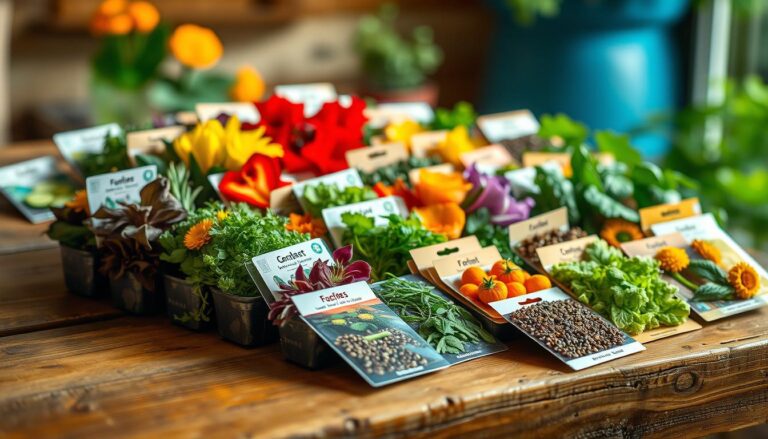Knowing how to prepare soil for garden success is essential to ensure your plants thrive. Whether you’re starting a new vegetable patch or refreshing existing flower beds, preparing the soil properly is the key to a healthy, productive garden. This guide will walk you through the steps to prepare soil for your garden so your plants can flourish and produce abundant harvests.
Understanding Your Soil: The First Step to Prepare Soil for Your Garden
Before you start preparing your garden, it’s important to understand your soil. Soil is not just dirt—it’s a living ecosystem full of microorganisms, nutrients, and organic matter. Good garden soil:
- Provides essential nutrients
- Drains well while retaining moisture
- Has enough air pockets for root growth
- Supports beneficial microorganisms
Testing Your Soil to Prepare for Garden Success
The first step to prepare soil for your garden is a soil test. This will reveal:
- pH levels (most plants prefer 6.0 to 7.0)
- Nutrient content
- Soil texture (clay, loam, or sand)
- Organic matter content
You can buy a soil test kit or send a sample to a lab for more precise results.
Steps to Prepare Garden Soil
1. Clear the Area to Prepare Soil for Your Garden
Before improving the soil, clear the area. Remove weeds, rocks, and debris. Mark your garden boundaries and, if needed, add edging to keep grass from encroaching.
2. Check Soil Structure and Texture to Improve Your Garden Soil
Grab a handful of moist soil and squeeze it:
- If it holds its shape but crumbles easily, it’s loam, ideal for gardening.
- If it forms a sticky ball, it’s clay-heavy.
- If it falls apart right away, it’s sandy.
Understanding your soil type helps you choose the right amendments to improve it.
3. Break Up the Ground to Prepare Your Garden Soil
Next, break up the soil to a depth of 12-18 inches for new garden beds. Remove any large clumps, roots, or rocks. If the soil is compacted, double digging may help aerate it. Be sure to avoid working the soil when it’s too wet, as that can damage its structure.
4. Add Organic Matter for Healthy Garden Soil
Adding organic matter is the most important step to prepare soil for your garden. It improves soil structure, increases moisture retention, and boosts nutrient availability. Add 2-3 inches of organic matter like compost, well-rotted manure, or leaf mold, and work it into the top 6-8 inches of soil.
5. Adjust pH and Add Nutrients for Balanced Garden Soil
Based on your soil test results:
- To raise pH, use lime or wood ash.
- To lower pH, add sulfur or pine needles.
- For nitrogen, add blood meal or composted manure.
- For phosphorus, use bone meal or rock phosphate.
- For potassium, add greensand or wood ash.
6. Improve Drainage for Better Garden Soil
Proper drainage is crucial. If your garden soil drains poorly:
- Add more organic matter.
- Consider raised beds.
- Install drainage systems if necessary.
- For heavy clay soils, adding coarse sand along with organic matter can help.
Special Considerations for Different Garden Types
Vegetable Gardens Need Well-Prepared Soil
Vegetables need nutrient-rich, well-drained soil. Annual additions of compost will ensure fertile soil and healthy plants.
Flower Gardens and the Importance of Soil Preparation
Flowers have different soil preferences, so it’s important to check their specific needs. Focus on improving soil structure with organic matter.
Container Gardens: How to Prepare Potting Soil
Use high-quality potting mix for containers. Ensure proper drainage and plan for regular fertilization.
Maintaining Healthy Soil Long-Term
Once you prepare soil for your garden, maintaining it is key. Here’s how:
- Rotate crops to prevent nutrient depletion.
- Mulch regularly to conserve moisture, suppress weeds, and add organic matter.
- Test your soil annually and adjust nutrients as needed.
Common Mistakes to Avoid When Preparing Garden Soil
- Over-tilling the soil
- Working with wet soil
- Adding amendments without testing first
- Neglecting organic matter
- Using fresh manure, which can burn plants
When to Prepare Your Soil for Gardening
- Fall: Perfect for adding compost and slow-release amendments.
- Spring: Final prep before planting.
- Growing season: Focus on mulching and maintenance.
- Winter: Test and plan for next season.
Conclusion: Prepare Soil for Garden Success
By learning how to prepare soil for your garden, you’re investing in healthier plants and higher yields. Properly prepared soil reduces maintenance, minimizes pest problems, and leads to sustainable gardening success. Remember, soil improvement is an ongoing process. With time and care, your garden will thrive for years to come.
Happy gardening!








